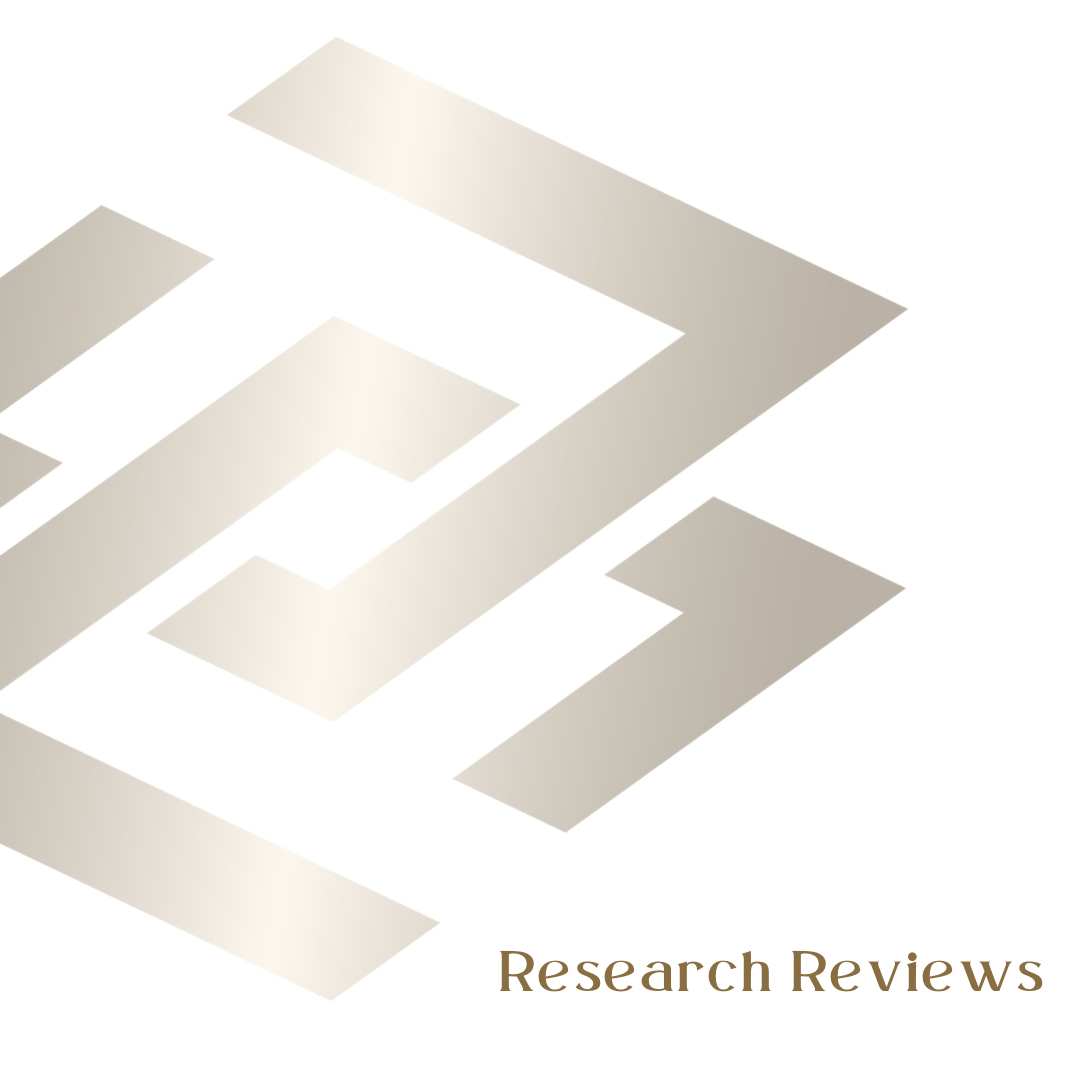|
Study Title: Reinjury After Acute Posterior Thigh Muscle Injuries in Elite Track and Field Athletes
Authors: N Malliaropolous, T Isinkaye, K Tsitas & N Maffulli Journal: American Journal of Sports Medicine Date: February 2011 Summary:
Malliaropolous N et al. (2011). Reinjury after acute posterior thigh muscle injuries in elite track and field athletes. American Journal of Sports Medicine, 39(2); 304-310
0 Comments
Leave a Reply. |
